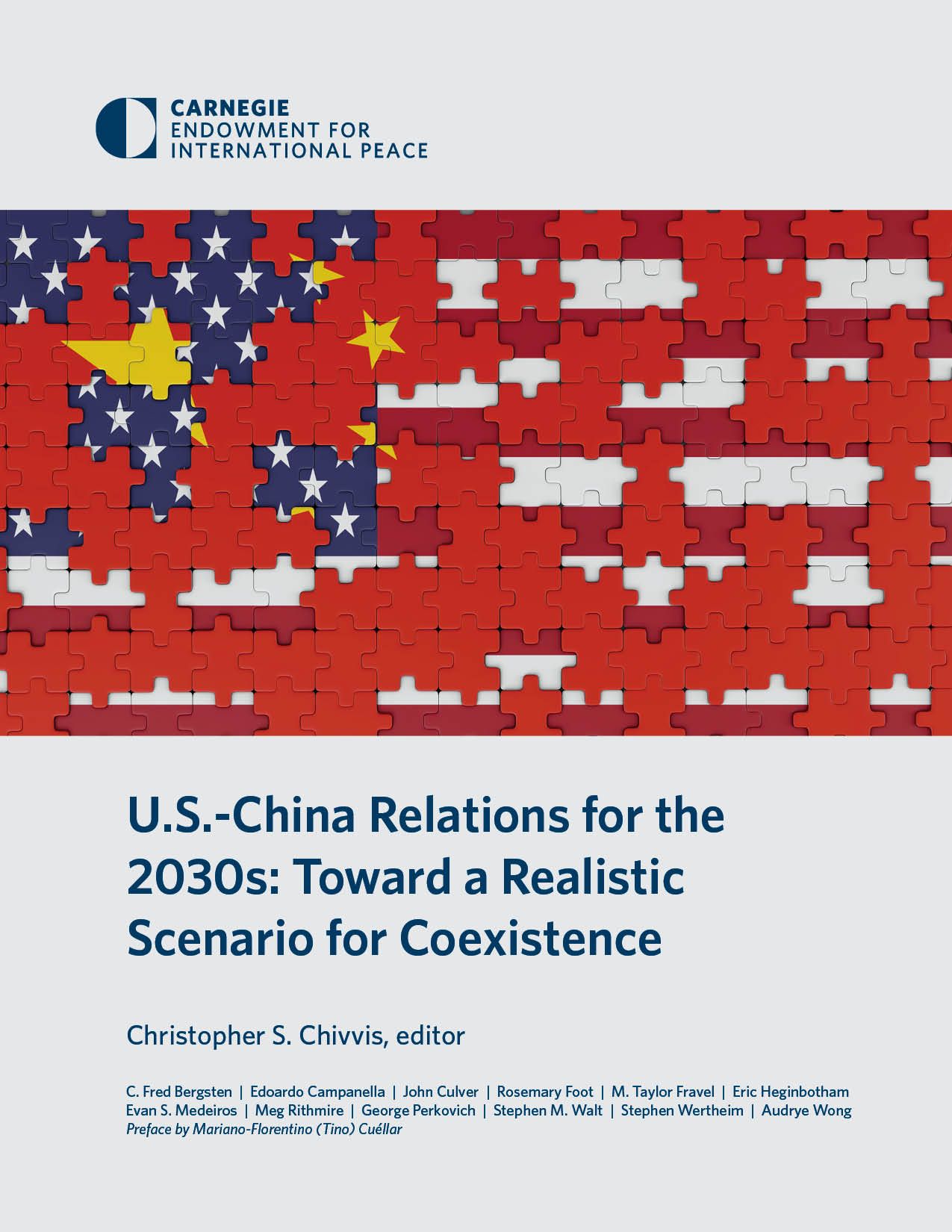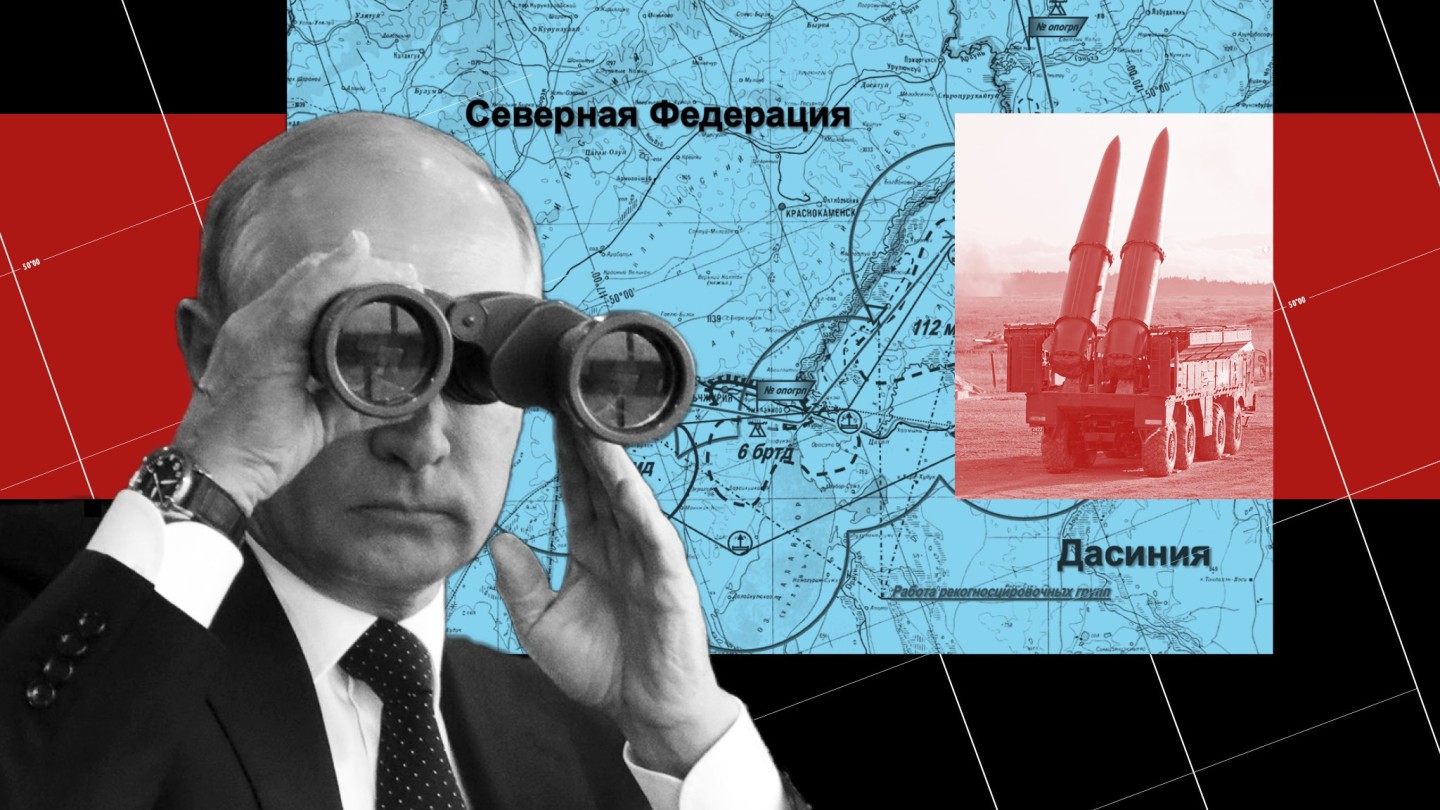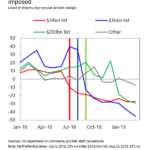Yes, US-Russia tensions could disrupt the global market. Economic ties and political conflicts between these two powers affect world stability.
The ongoing strain between the US and Russia has many worried. Financial experts warn of possible market turmoil. These tensions could impact everything from oil prices to stock markets. Global economies are interlinked, so a conflict between these giants could have far-reaching effects.
Investors are particularly nervous about possible sanctions and trade restrictions. Understanding this situation is crucial to prepare for any financial fallout. This blog will explore the potential risks and what they mean for the global market. Stay informed to make better financial decisions in these uncertain times.

Credit: www.ineteconomics.org
Economic Impact
The ongoing tensions between the US and Russia are not just a political issue; they have significant economic consequences too. These conflicts can disrupt global markets, making investors nervous and affecting the everyday lives of people around the world. Let’s dive into how these tensions impact different aspects of the economy.
Global Stock Markets
When superpowers like the US and Russia are at odds, it sends shockwaves through global stock markets. Investors hate uncertainty, and geopolitical tensions create a lot of it. Stocks can become very volatile, with prices swinging up and down unpredictably. For instance, during a recent flare-up, the S&P 500 dropped by 3% in just one day. This kind of market behavior can lead to huge losses for investors and can affect your pension funds or savings.
Currency Fluctuations
Another area that feels the heat of US-Russia tensions is currency markets. When countries are in conflict, their currencies can fluctuate wildly. For example, the Russian ruble might weaken due to sanctions imposed by the US. This makes imported goods more expensive in Russia, leading to higher inflation. Meanwhile, the US dollar might strengthen as it is seen as a ‘safe haven’ currency. But a stronger dollar can hurt US exports, making American goods more expensive abroad.
Let’s take a look at a quick comparison of the impact:
| Aspect | Impact |
|---|---|
| Stock Markets | Increased volatility, potential losses |
| Currencies | Fluctuations, inflation, export issues |
In summary, the economic impact of US-Russia tensions is broad and deep. From stock markets to currency values, the ripple effects can be felt far and wide. These are uncertain times, and it’s essential to stay informed and prepared.

Credit: www.ft.com
Trade Relations
Trade relations between the US and Russia have always been complex. These complexities impact the global market. Strained relations create uncertainty. This uncertainty affects investor confidence and market stability. The tension has far-reaching implications.
US-Russia tensions impact several industries. Energy, technology, and agriculture are key sectors. Many countries depend on these sectors. These sectors are vital for global trade. The imposition of sanctions and trade restrictions further complicates the situation.
Sanctions
Sanctions are a major tool in US-Russia trade relations. They aim to pressure Russia politically and economically. Sanctions restrict financial transactions. They also limit access to technology and critical resources. These measures affect both countries’ economies.
Sanctions can disrupt supply chains. Disruption leads to higher costs for businesses. Consumers face increased prices. Investors may withdraw from risky markets. This creates a ripple effect on the global economy.
Import/export Dynamics
Import/export dynamics are crucial in US-Russia trade. The US imports various goods from Russia. These include oil, metals, and agricultural products. Russia relies on the US for technology and machinery.
Trade restrictions impact these imports and exports. Export bans can hurt industries reliant on Russian resources. Import restrictions affect Russian businesses. Both countries face economic challenges. These challenges can influence global trade patterns.
The global market feels the impact. Changes in trade dynamics lead to shifts in supply and demand. This affects prices worldwide. Countries dependent on US-Russia trade face uncertainty. This uncertainty can lead to economic instability.
Energy Sector
The energy sector sits at the heart of the US-Russia tensions. These two superpowers play a crucial role in the global energy market. Their actions can shake the stability of oil and gas prices. The world watches closely as these nations interact. The energy market feels every shift and tremor.
Oil And Gas Prices
Oil and gas prices are very sensitive to geopolitical events. US-Russia tensions can cause sudden price spikes or drops. This uncertainty makes investors nervous. A rise in prices can affect everything from transportation to heating costs. Consumers feel the pinch in their wallets. On the flip side, a drop in prices may seem good. But it can harm oil-producing economies. The balance is delicate and crucial.
Alternative Energy Sources
With the volatility in oil and gas prices, alternative energy sources become more appealing. Solar, wind, and hydropower are gaining attention. These sources offer stability and reduce dependency on oil and gas. Governments are investing more in renewable energy. This shift can lead to a greener and more stable energy future. Yet, the transition is not easy. It requires time, money, and technology.
Technology And Cybersecurity
Technology and cybersecurity stand at the forefront of the US-Russia tensions. As these two giants clash, the tech world feels the tremors. From the impact on tech industries to the looming cyber threats, the repercussions are vast. Let’s explore how these tensions shape the technology and cybersecurity landscape.
Tech Industry Impact
The tech industry relies heavily on global cooperation. US-Russia tensions strain this cooperation. Sanctions and trade restrictions disrupt supply chains. Tech companies face difficulties sourcing critical components. This leads to delays and increased costs.
Innovation also takes a hit. Collaboration between US and Russian tech firms dwindles. This stifles research and development. The tech industry moves slower, impacting everything from consumer electronics to advanced research.
Cyber Threats
Cybersecurity becomes a major concern during US-Russia tensions. Cyber attacks from both sides increase. These attacks target government, businesses, and infrastructure. The risk of data breaches and system disruptions rises.
Companies must beef up their defenses. Investing in cybersecurity measures becomes a priority. This includes hiring experts and updating systems. The costs of these precautions add up, impacting the bottom line.
Individuals also face risks. Increased phishing attacks and malware threaten personal data. Everyone must stay vigilant and practice good cybersecurity habits.
Political Ramifications
The growing tensions between the US and Russia carry significant political consequences. These tensions impact not only the two countries involved but also the global landscape. Understanding the political ramifications of this conflict is crucial for grasping its broader implications.
International Alliances
International alliances play a vital role in the US-Russia conflict. Countries align based on shared interests, values, and strategic goals. NATO members often side with the US. On the other hand, some countries support Russia. This division influences global politics and economic stability.
Diplomatic Strategies
Diplomatic strategies shape the interactions between the US and Russia. Both nations use diplomacy to advance their agendas. Sanctions, negotiations, and alliances form part of their strategies. These actions impact international trade and financial markets. Understanding these strategies helps predict possible outcomes.
Social And Cultural Effects
With the ongoing US-Russia tensions, the social and cultural impacts are being felt across the globe. This conflict isn’t just about politics or economics; it seeps into the everyday lives of people, shaping their opinions and influencing their actions. How do these geopolitical struggles affect us on a social and cultural level? Let’s dive into some key areas to understand better.
Public Opinion
Public opinion is a powerful force. It can drive policy changes, influence elections, and even shift cultural norms. During the US-Russia tensions, we see a diverse range of opinions emerging. People are divided, with some supporting their government’s stance, while others criticize it.
- Polarization: Conversations at dinner tables, workplaces, and social media often reflect polarized views. It’s not uncommon to hear heated debates about the effectiveness of sanctions or the morality of foreign policies.
- Fear and Misinformation: Misinformation spreads quickly, causing fear and uncertainty. Many individuals rely on unreliable sources, leading to confusion and panic.
- Increased Nationalism: In some regions, these tensions have sparked a rise in nationalism. People rally around their national identity, sometimes at the expense of international cooperation.
For example, my neighbor, who usually doesn’t follow international news, has become an ardent follower of every update, constantly sharing his thoughts on social media. This shows how deeply these tensions can penetrate everyday lives.
Media Influence
The media plays a crucial role in shaping public perception. With 24/7 news cycles and the rise of social media platforms, information (and misinformation) spreads at lightning speed. Let’s look at how media influences the social and cultural landscape during these tensions:
- Framing: The way news outlets frame stories can significantly influence public opinion. For instance, portraying one country as the aggressor and the other as a victim can sway people’s views.
- Agenda Setting: Media decides what issues are important. By focusing on certain aspects of the US-Russia tensions, they set the agenda for public discourse.
- Echo Chambers: Social media algorithms often create echo chambers, where people are exposed only to information that aligns with their beliefs, reinforcing their opinions without offering balanced perspectives.
For instance, during the height of the tensions, I noticed my social media feed was filled with articles and posts that aligned with my initial views. It wasn’t until I actively sought out different perspectives that I realized how limited my information was.
In conclusion, the social and cultural effects of US-Russia tensions are profound. Public opinion is deeply divided, influenced by the media’s portrayal of events. As these tensions continue, it’s crucial to seek out balanced information and engage in open, respectful dialogues. After all, understanding and empathy are essential in navigating these complex global issues.
Future Projections
The ongoing tensions between the US and Russia have significant financial implications. These tensions could impact the global market in unpredictable ways. Understanding the future projections of these tensions is crucial. This section will explore possible scenarios and mitigation strategies.
Possible Scenarios
Several scenarios could unfold from the US-Russia tensions. One possibility is the escalation of sanctions. These sanctions could disrupt international trade. Companies with global supply chains may face delays. Another scenario is increased military spending. This could shift resources away from economic growth. Global stock markets might react with volatility. Investment in certain regions could decrease.
Another scenario involves cyber warfare. This could target financial institutions. It might cause data breaches and financial losses. Energy markets could also be affected. Supply disruptions could lead to higher prices. These scenarios highlight the uncertainty in the global market.
Mitigation Strategies
There are ways to mitigate the financial risks of US-Russia tensions. Diversifying investments can reduce exposure to affected regions. Companies can strengthen their cybersecurity measures. This helps to protect against potential cyber-attacks. Governments can engage in diplomatic efforts. This could help to ease tensions and promote stability.
Another strategy involves monitoring and adapting. Businesses should stay informed about geopolitical developments. They can adjust their strategies as needed. Building strong international alliances can also provide support. These alliances can offer economic and political stability.
By understanding possible scenarios and implementing mitigation strategies, the global market can better navigate the uncertainties of US-Russia tensions.

Credit: carnegieendowment.org
Frequently Asked Questions
How Did The Russian Ukraine War Affect The Stock Market?
The Russian Ukraine war caused significant volatility in the stock market. Investors feared economic instability and potential global conflicts.
When Was Ukraine Russia Started?
The Ukraine-Russia conflict began in February 2014 with Russia’s annexation of Crimea and escalated in 2022.
How Do Us-russia Tensions Impact The Global Market?
US-Russia tensions create uncertainty, leading to market volatility. Investors often react by moving assets to safer investments.
What Sectors Are Most Affected By Us-russia Conflicts?
Energy, defense, and financial sectors are most impacted. Sanctions and disruptions can lead to significant market shifts.
Conclusion
The growing tensions between the US and Russia pose serious risks. Financial markets feel the strain. Investors worry about stability. Trade disruptions could ripple globally. Economies may face new challenges. Staying informed is crucial. Understanding the stakes helps prepare for potential impacts.
Global cooperation remains vital. Keeping a close watch on developments is wise. The global market’s future hangs in balance. Preparation and awareness are key.

Olga L. Weaver is a distinguished figure in both the realms of real estate and business, embodying a unique blend of expertise in these interconnected domains. With a comprehensive background in real estate development and a strategic understanding of business operations, Olga L. Weaver has positioned herself as a trusted advisor in the complex intersection of property and commerce. Her career is marked by successful ventures in real estate, coupled with a keen ability to integrate sound business principles into property investments. Whether navigating the intricacies of commercial transactions, optimizing property portfolios, or providing strategic insights into market trends, Olga L. Weaver’s expertise encompasses a wide spectrum of both real estate and business-related topics. As a dual expert in real estate and business, she stands as a guiding force, empowering individuals and organizations with the knowledge and strategies needed to thrive in these intertwined landscapes. Olga L. Weaver’s contributions continue to shape the dialogue around the synergy between real estate and business, making her a respected authority in both fields.


